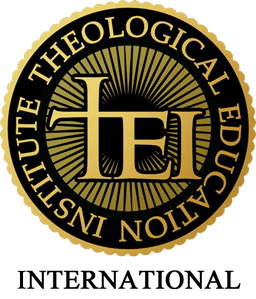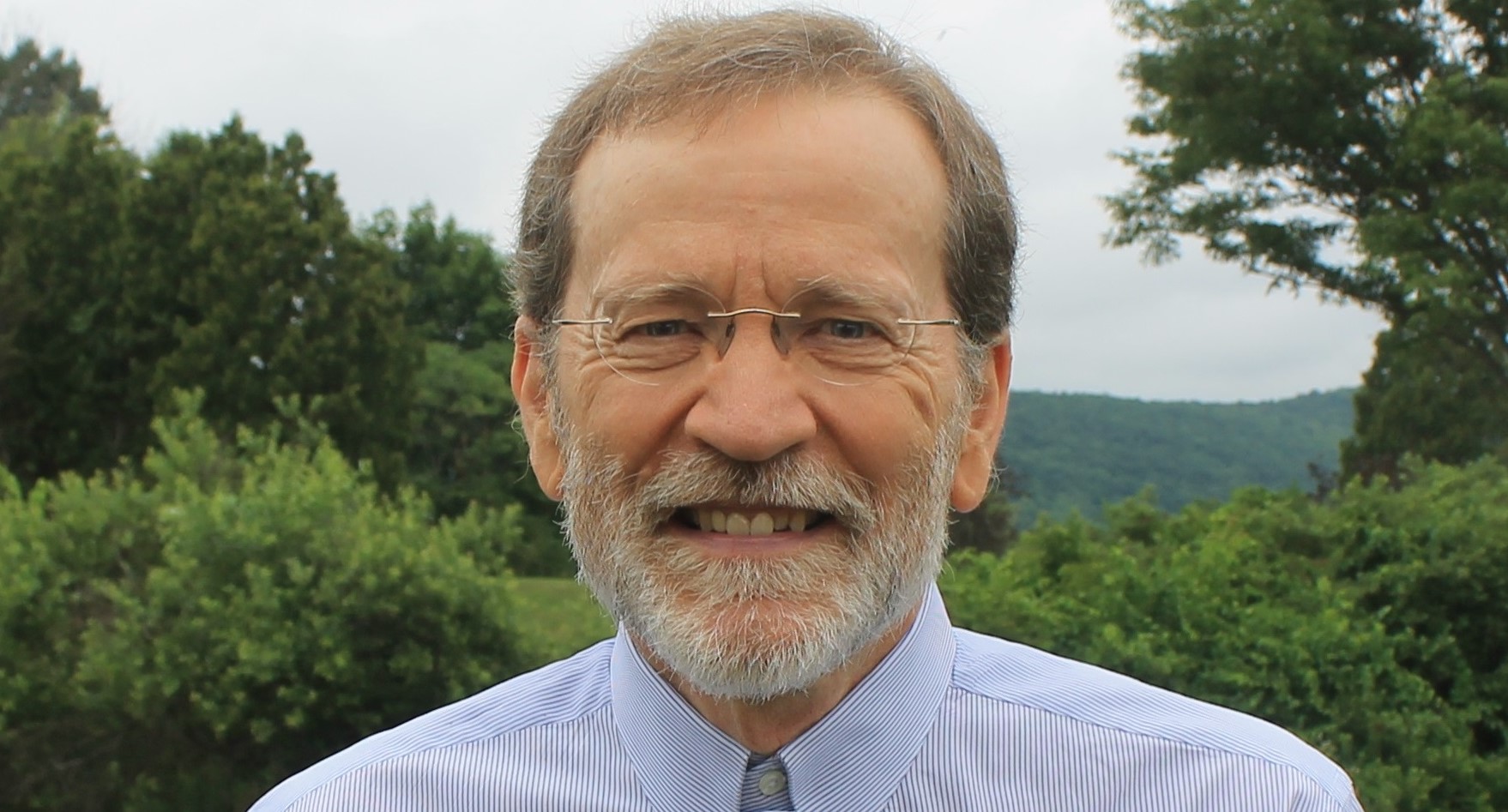Notes on the Sociology of Religion (8)
John C. Rankin
Eliade, Mercea, The Sacred and the Profane: The Nature of Religion (New York, Harcourt, 1957), pp. 8-113.
_________________
- Background: a) 1907-1986; dominated field of the study of religions in 20th century; b) Romanian Orthodox, diplomat to Porutgal during WWII; studied in Bucharest and Calcutta; University of Chicago tenure until end of life; c) Carl Gustav Jung and “transhistorical consciousness”; life can be changed by sacramental experience; symbols = the key to truly spiritual life; folk religion = archaic religion; all myths are creation myths; e) The Myth of the Eternal Return and The Sacred and the Profane; many other works including novels.
- Assumptions: a) Rudolf Otto – 1. “Terrible power” + “mysterium tremendum” (p. 9), 2. the numinous, the “wholly other” (p. 9); b) the sacred in its entirety – “The first possible definition of the sacred is that it is the opposite of the profane” (p. 10); c) the sacred manifests itself (hierophany) – 1. sacred tree, yet remains itself, 2. Religious feeling; d) two modes of existential being in the world – sacred and the profane – 1. “Primitive peoples” (p. 15), 2. specific characteristics of religious experience, rather than show variations as determined by economy, culture, society etc., 3. sacralized v. desacralized cosmos.
- Sacred space and making the world sacred: a) sacred v. profane space in the world – 1. “absolute reality” permeates from the sacred, 2. profane = homogenous and neutral = no in-breaking, no true orientation possible; b) theophanies and signs – 1. church buildings in a city – opening to transcendence, 2. Jacob at Haran, 3. “other” foreign and chaotic space (Hindu rituals), 4. Consecration of a place to re-enact cosmogony, e.g., sacred pillars, 5. center of the world (p. 37), i] location of holy sites, temples are replicas and “link” to the heavens, temple foundations link to the lower regions, ii] temple of Jerusalem, iii] ziggurat, iv] Imago mundi, 6. “To us, it seems an inescapable conclusion that the religious man sought to live as near as possible to the Center of the World” (p. 43), 7. need to imitate the works of the gods and cosmogony, 8. pagan creation rooted in destruction (pp. 48, 55: Tiamat and Marduk), 9. “Thus, religious architecture simply took over and developed the cosmological symbolism already present in the structure of primitive habituations” (p. 58), 10. temple, basilica and cathedral, aka “Door of Paradise.”
- Summary: “We could say that the experience of sacred space makes possible the ‘founding of the world’; where the sacred manifests itself in space, the real unveils itself, the world comes into existence (p. 63) – 1. “Religious man’s profound nostalgia is to inhabit a ‘divine world’ ” (65), 2. “In short, this religious nostalgia expresses the desire to live in a pure and holy cosmos, as it was in the beginning, when it came fresh from the Creator’s hands … mythical moment of creation” (p. 65).
- Critique: Ungrounded and subjective experiences define the terms and thus = god.
###


